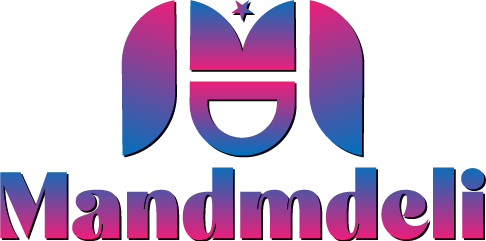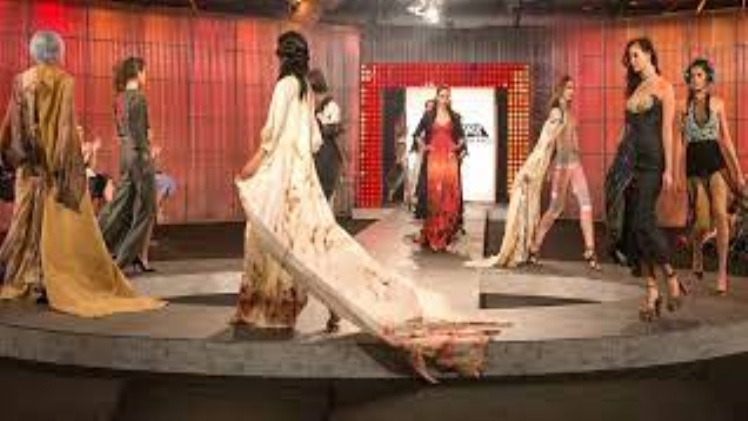I don’t show anything on the runway that I don’t produce. There isn’t a separate collection house that buyers are going to see for sales. What I show is what I sell. And I will not put things in the collection that are necessary commercially, because we don’t sell them. A notched collar jacket with a set-in sleeve is not something that anybody desires from me. What I am working on for the fall presentation is very conceptual. It has to do with, I suppose, eccentricity. No one needs anything. Our clients certainly don’t need anything. The element of creating desire, to be desired, is what I’m working on. And here’s the test, you could spend hundreds of thousands of dollars on clothes, but if you look good in a white Hanes T-shirt and a pair of jeans, that’s it. Everything else is superfluous.
Among the !rst questions a designer might ask is Why ask questions? The answer goes to the heart of design, because good design speaks to ideas potent with meaningful content. Crafting good questions can precipitate a windfall of information and ideas. When questions hit the mark, they yield more re!ned questions that reach into the core of an idea.
This path of inquiry helps to extend a concept as far and as wide as it can go. Asking questions, well-crafted or otherwise, is a worthless exercise without active engagement. Designers have to avoid trying to impress with how much they know about a subject, instead, inviting others to share their perspectives and preferences. Listening quietly, with earnest curiosity, and leaving personal opinion out of the mix are prerequisites.
Designers will have plenty of time to interpret and make a mark on the information once they have collected it and applied it to their fashion goal. SOCRATIC METHOD The Socratic style of questioning calls for the responses to be accurate and for the thought process behind them to be complete. It offers the fashion designer a good model with which to begin.
Lastly
If the answers meet the challenge of this type of inquiry, they move the dialogue in the direction of actions that will benefit the designer’s goal. Open-ended questions elicit detailed responses. They also generate subtle insights beyond the basic information being addressed. This technique is especially good for project development because it provides in-depth understanding.

